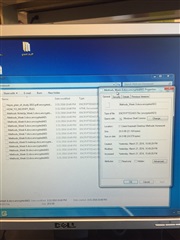'Malware' is the general term we use to describe any and all computer threats including Trojans, Worms, and computer Viruses. Sophos Anti-Virus allows you to quickly and easily clean up the majority of malware detected. However, depending on the specific threat detected, the cleanup process may involve a number steps.
The article below provides instructions on how to clean up the majority of malware using either the central Enterprise Console or the local anti-virus program.
https://www.sophos.com/support/knowledgebase/112129.aspx
If you have any questions about removing malware just let us know.
This thread was automatically locked due to age.



